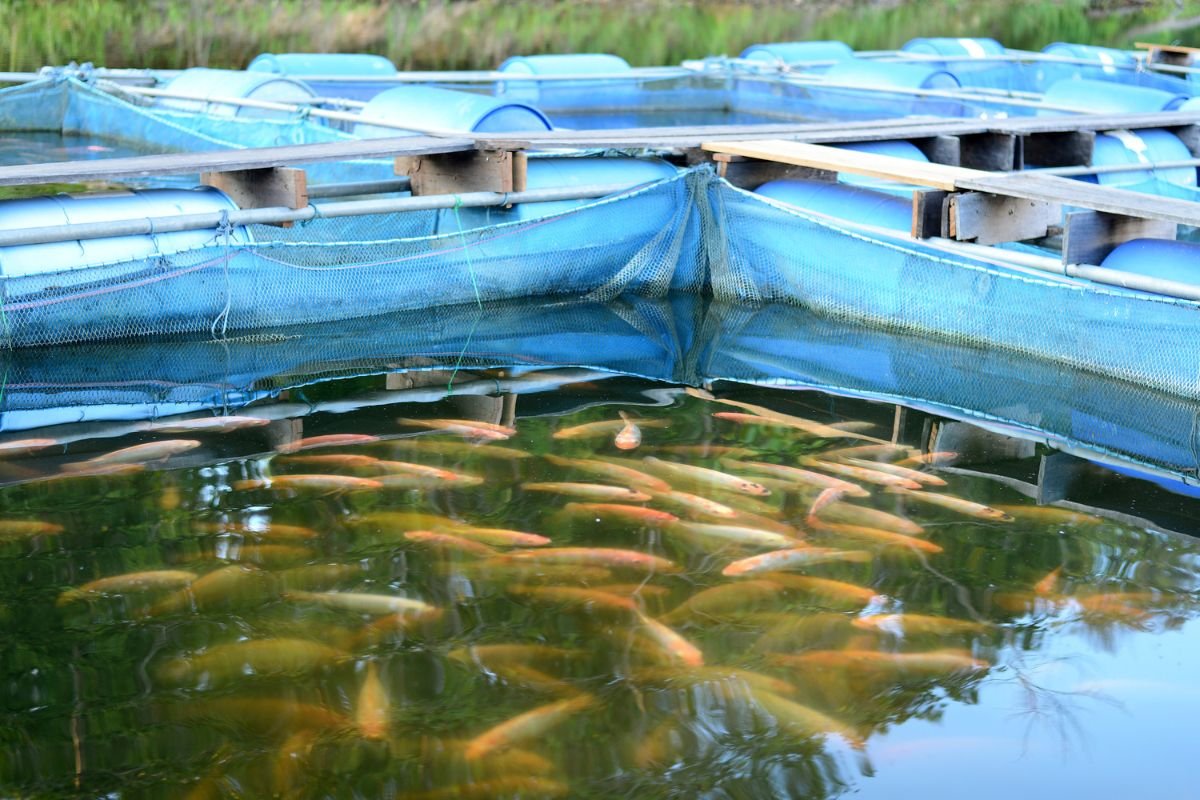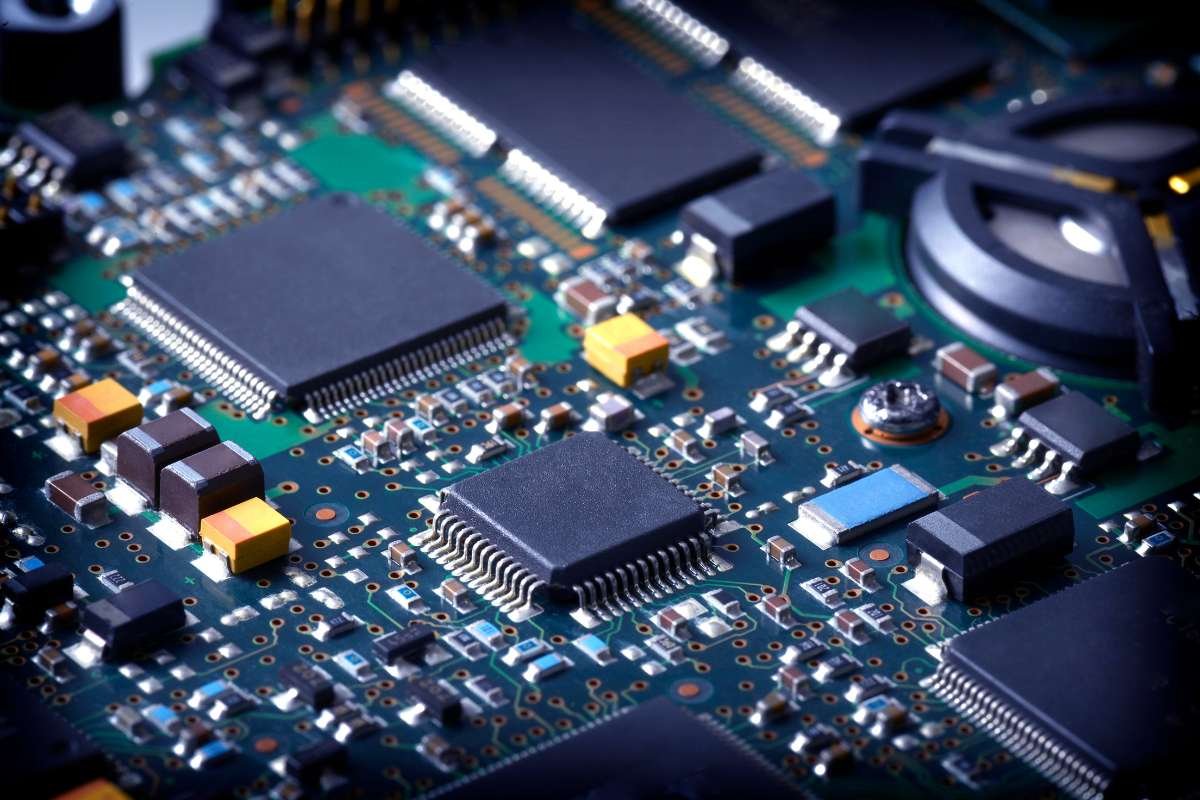Aquaculture, or fish farming, is rapidly transforming with the advent of advanced technologies. Among these, artificial intelligence (AI) stands out as a game-changer, offering innovative solutions to optimize production, enhance sustainability, and address challenges in the industry. This article explores the myriad ways AI in fish farming is reshaping the aquaculture landscape, making it more efficient and sustainable.
Introduction to Fish Farming and AI
Fish farming is a critical component of global food security, providing nearly half of the fish consumed worldwide. Traditional fish farming practices, however, often face significant challenges such as disease outbreaks, inefficient feeding practices, and environmental impacts. The integration of AI in fish farming addresses these issues by leveraging data analytics, machine learning, and automation to improve various aspects of aquaculture.
The Role of AI in Fish Farming
1. Predictive Analytics and Disease Management
One of the most significant benefits of AI in fish farming is its ability to predict and manage disease outbreaks. AI systems analyze vast amounts of data collected from sensors and cameras installed in fish farms. These systems can detect early signs of disease, allowing farmers to take preventive measures before the situation escalates. For instance, AI can identify patterns in water quality, fish behavior, and environmental conditions that may indicate the onset of a disease, enabling timely intervention.
2. Optimized Feeding Practices
Feeding is a crucial aspect of fish farming, directly impacting growth rates, feed conversion ratios, and overall farm profitability. Traditional feeding methods often rely on manual labor and can be inefficient, leading to overfeeding or underfeeding. AI in fish farming optimizes feeding practices by analyzing real-time data on fish behavior and appetite. Machine learning algorithms can determine the optimal feeding times and quantities, reducing waste and improving feed efficiency.
3. Environmental Monitoring and Management
Environmental conditions such as water temperature, oxygen levels, and pH significantly affect fish health and growth. AI in fish farming facilitates continuous monitoring of these parameters through IoT sensors and advanced analytics. By providing real-time insights, AI helps farmers maintain optimal environmental conditions, ensuring the well-being of the fish and enhancing productivity. Moreover, AI can predict environmental changes and recommend proactive measures to mitigate potential risks.
Advanced AI Applications in Fish Farming

1. Image Recognition and Fish Counting
Accurate fish counting is essential for managing stock levels, planning harvests, and ensuring compliance with regulations. Manual counting methods are labor-intensive and prone to errors. AI in fish farming utilizes image recognition technology to automatically count fish with high precision. Cameras installed in tanks or ponds capture images, which AI algorithms analyze to count the fish and monitor their size and growth rates. This technology saves time and reduces labor costs while ensuring accuracy.
2. Behavioral Analysis
Understanding fish behavior is vital for detecting stress, and health issues, and optimizing farm management practices. AI systems equipped with computer vision analyze fish movements and behavior patterns. These systems can identify abnormal behaviors, such as erratic swimming or lethargy, which may indicate health problems or environmental stressors. By providing early warnings, AI helps farmers take corrective actions promptly, minimizing losses and improving fish welfare.
3. Automated Feeding Systems
AI-powered automated feeding systems are transforming how fish are fed. These systems use sensors and cameras to monitor fish behavior and determine the right amount of feed required. Based on this data, the AI system automatically dispenses the appropriate quantity of feed at optimal times. This precision feeding approach reduces feed waste, enhances growth rates, and lowers production costs. Additionally, automated feeding systems can operate 24/7, ensuring consistent feeding schedules.
Benefits of AI in Fish Farming
1. Enhanced Efficiency and Productivity
The integration of AI in fish farming streamlines operations, leading to increased efficiency and productivity. Automated processes, real-time monitoring, and data-driven decision-making reduce manual labor and minimize errors. Farmers can achieve higher yields with fewer resources, making aquaculture more profitable and sustainable.
2. Improved Fish Health and Welfare
AI technologies enable proactive health management, reducing the incidence and severity of disease outbreaks. By maintaining optimal environmental conditions and providing timely interventions, AI enhances fish health and welfare. Healthier fish grow faster and are less susceptible to stress and disease, resulting in higher quality and more marketable products.
3. Sustainable Practices

Sustainability is a critical concern in aquaculture. AI in fish farming promotes sustainable practices by optimizing resource use, minimizing waste, and reducing the environmental impact. Precision feeding reduces feed wastage and lowers nutrient runoff into water bodies. Real-time environmental monitoring helps maintain water quality, preventing pollution and preserving aquatic ecosystems.
4. Cost Savings
AI technologies can significantly reduce operational costs in fish farming. Automated systems lower labor costs, while optimized feeding and disease management reduce feed expenses and mortality rates. By improving overall efficiency, AI helps farmers achieve better financial outcomes and invest in further innovations.
Challenges and Considerations
1. High Initial Investment
The implementation of AI in fish farming requires significant upfront investment in technology and infrastructure. The cost of sensors, cameras, and AI software can be prohibitive for small-scale farmers. However, the long-term benefits and cost savings often justify the initial expenditure.
2. Data Management and Privacy
AI systems rely on large volumes of data for accurate analysis and decision-making. Ensuring the security and privacy of this data is crucial. Farmers need to implement robust data management practices and comply with relevant regulations to protect sensitive information.
3. Skill Development and Training
The adoption of AI in fish farming necessitates a skilled workforce capable of managing and maintaining AI systems. Farmers and farm workers need training to understand and utilize AI technologies effectively. Collaborative efforts between technology providers, educational institutions, and industry stakeholders can facilitate skill development and knowledge transfer.
Future Prospects of AI in Fish Farming
The future looks promising, with continuous advancements in technology and increasing adoption across the industry. Here are some potential future developments:
1. Integration with Blockchain Technology
Combining AI with blockchain technology can enhance traceability and transparency in fish farming. Blockchain can securely record and verify data related to fish health, feeding practices, and environmental conditions. This integration can improve supply chain transparency, ensuring consumers have access to reliable information about the origin and quality of their seafood.
2. Enhanced Predictive Analytics

Future AI systems will likely incorporate more sophisticated predictive analytics, capable of forecasting long-term trends and outcomes. Advanced machine learning models can analyze historical data and provide actionable insights for optimizing farm management practices. This predictive capability will enable farmers to make informed decisions and adapt to changing conditions.
3. Autonomous Farming Systems
The development of fully autonomous fish farming systems is on the horizon. These systems will combine AI, robotics, and IoT technologies to create self-sustaining farms that require minimal human intervention. Autonomous systems can monitor and manage all aspects of fish farming, from feeding and health management to environmental monitoring and harvesting.
4. Global Collaboration and Knowledge Sharing
The global aquaculture community can benefit from increased collaboration and knowledge sharing facilitated by AI technologies. Online platforms and networks can connect farmers, researchers, and technology providers, enabling the exchange of best practices and innovative solutions. Collaborative efforts can accelerate the adoption of AI in fish farming and drive industry-wide improvements.
Conclusion
AI in fish farming is revolutionizing aquaculture by offering innovative solutions to long-standing challenges. From disease management and optimized feeding practices to environmental monitoring and automated systems, AI enhances efficiency, productivity, and sustainability in fish farming. While there are challenges to overcome, the long-term benefits of AI integration are undeniable. As technology continues to advance, AI will play an increasingly vital role in shaping the future of aquaculture, ensuring a sustainable and prosperous industry for generations to come.









